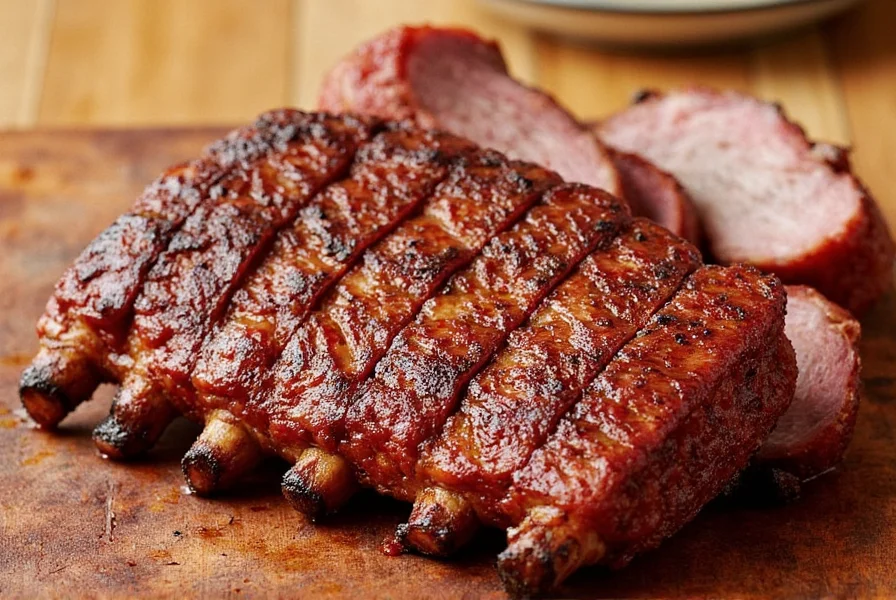
If you're looking for the perfect cut of meat that combines rich flavor, quick cooking time, and versatility, beef flanken ribs are an excellent choice. Whether you're grilling for a summer cookout or preparing a Korean-style meal, this guide provides expert insights on selecting, seasoning, and cooking flanken ribs to perfection. Learn how to avoid common mistakes and achieve restaurant-quality results at home.
What Are Beef Flanken Ribs?
Beef flanken ribs are short, cross-cut ribs taken from the plate section of the cow—right below the ribeye and near the belly. Unlike traditional spare ribs, flanken cuts are usually thin and feature both bone and meat in each slice. They're especially popular in Korean cuisine (known as "galbi") and are often marinated before cooking.
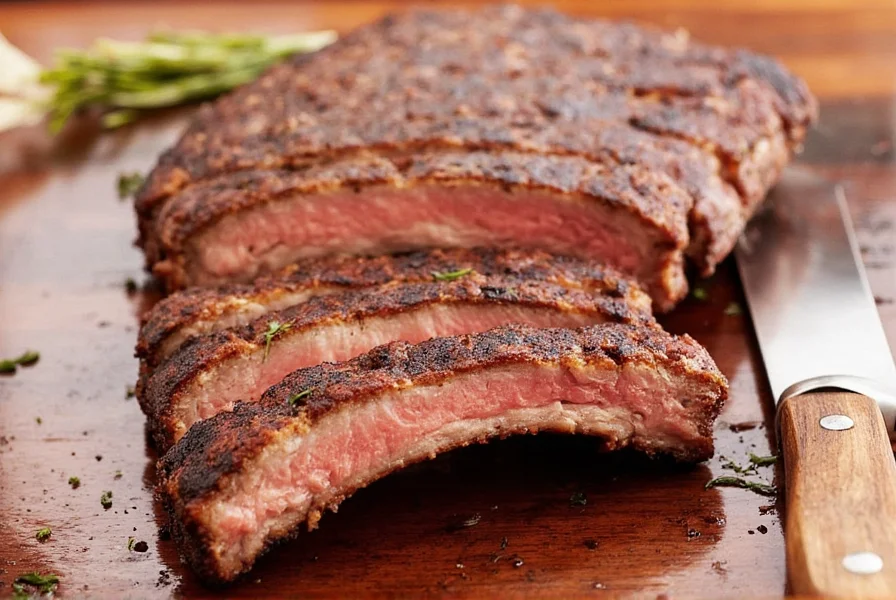
Due to their unique cut, they offer an amazing balance of tenderness and flavor when cooked properly. However, because they're thin, timing is key to avoid overcooking and drying out the meat.
Why Choose Flanken Ribs?
Here's why flanken ribs deserve a spot on your next menu:
- Rapid cooking time: Perfect for quick meals without sacrificing flavor.
- High surface area: Ideal for marinades and rubs to penetrate deeply.
- Bone-in richness: Adds natural depth and juiciness to every bite.
- Versatile usage: Great for grilling, broiling, pan-searing, and even sous vide.
Buying Guide: How to Choose the Best Flanken Ribs
| Feature | What to Look For | What to Avoid |
|---|---|---|
| Color | Pinkish-red meat; pale pink fat | Grey or brownish tint |
| Fat Distribution | Even layering across the meat | Excessive or patchy fat |
| Bone Structure | Clean, intact bones with meat attached | Dry or cracked bones |
| Marbling | Fine streaks of fat within the meat | Very lean or overly fatty sections |
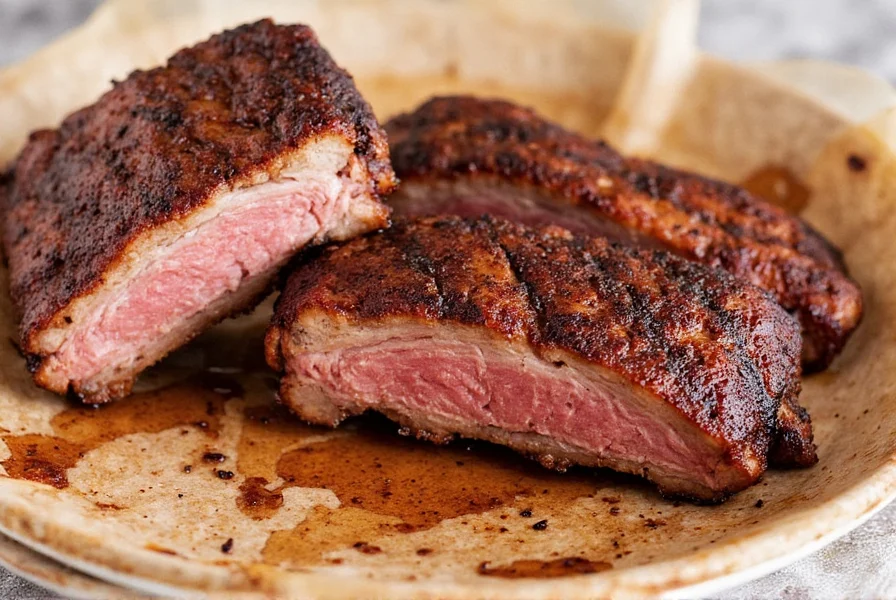
Recommended Brands
- American Pride Meats: Known for high-quality USDA Prime cuts. Ideal for gourmet cooking.
- ButcherBox: Offers grass-fed, ethically raised options delivered frozen to your door.
- Local Butcher Shops: Provides fresher cuts and personalized service. Ask about aging process and origin.
Spice & Seasoning Tips for Maximum Flavor
Flanken ribs are a blank canvas for bold flavors. Whether you prefer sweet, spicy, smoky, or savory, these cuts take seasoning beautifully. Here are some top picks and tips:
- Salt & Pepper Rub: Never underestimate a simple blend. Use coarse sea salt and freshly ground black pepper for texture and depth.
- Smoked Paprika + Garlic Powder: A classic combo that adds warmth and complexity.
- Korean Galbi Marinade: Soy sauce, sesame oil, garlic, pear or pineapple juice, and sugar make for a perfect sweet-and-savory glaze.
- Texas Dry Rub: Chili powder, cumin, smoked paprika, onion powder, and brown sugar for a deep barbecue profile.
- Lime & Herb Zest: For lighter fare, try lime zest, cilantro, jalapeño, and crushed coriander seeds.
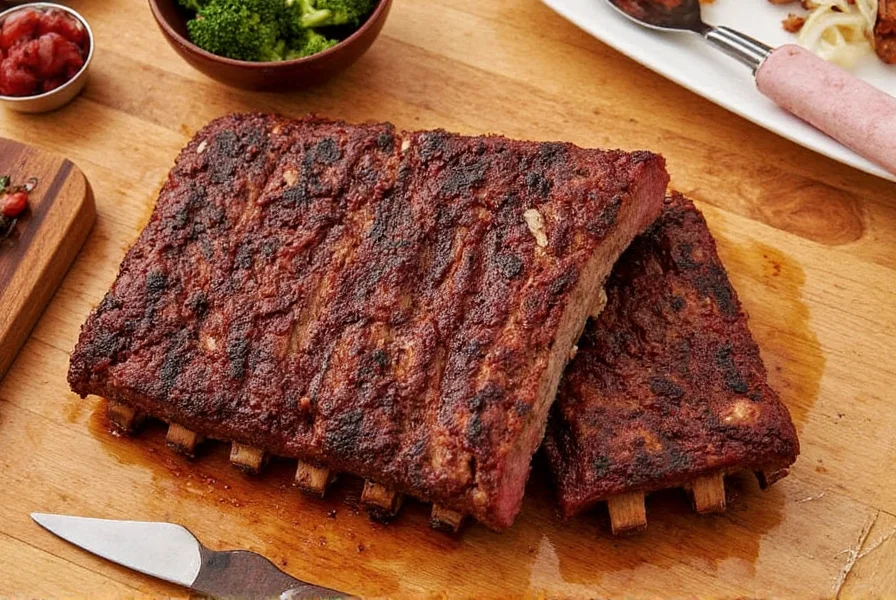
Pro Tip:
Apply dry rubs at least 30 minutes before cooking to allow the flavors to penetrate. If using a wet marinade (like galbi), refrigerate overnight for maximum infusion.
Best Cooking Methods for Flanken Ribs
| Method | Pros | Cons | Temperature & Time |
|---|---|---|---|
| Grilling | Charring enhances flavor; fast and fun | Easier to overcook due to thinness | 450°F direct heat, 4–6 mins per side |
| Broiling | Indoor alternative to grilling | Requires close attention | Broil 4–6 inches from heat, 4–5 mins per side |
| Pan Searing | Easy, no special equipment needed | Harder to get consistent char | Medium-high heat, 3–5 mins per side |
| Sous Vide | Perfect doneness every time | Less caramelization without finishing step | 135°F for 1 hour, finish on grill or torch |
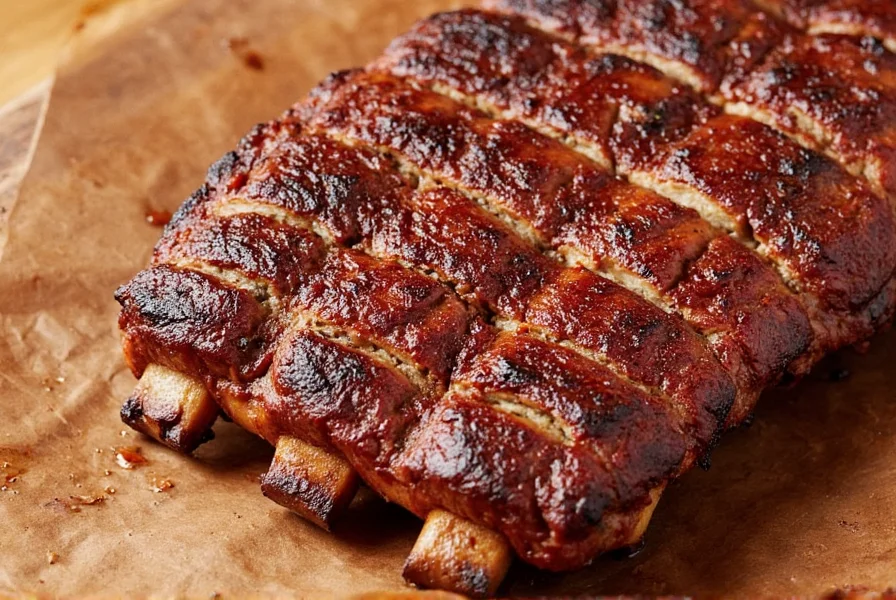
Favorite Technique: Korean Galbi on Charcoal Grill
This method gives you that perfect balance of smokiness and sweetness. Marinate the ribs overnight, then grill them over medium-high charcoal until edges are slightly charred and meat is tender but not falling apart.
Pairing Foods and Beverages with Flanken Ribs
To complete the experience, here are some pairing suggestions that elevate the rich flavor of flanken ribs:
Food Pairings
- Korean Bibimbap: The rice and veggie mix balances the richness of the meat.
- Charred Corn with Cotija: Sweet and salty contrast.
- Garlic Bread: Mops up juices and adds carbs to round out the meal.
- Kimchi Slaw: Brightens up the plate with acidity and crunch.
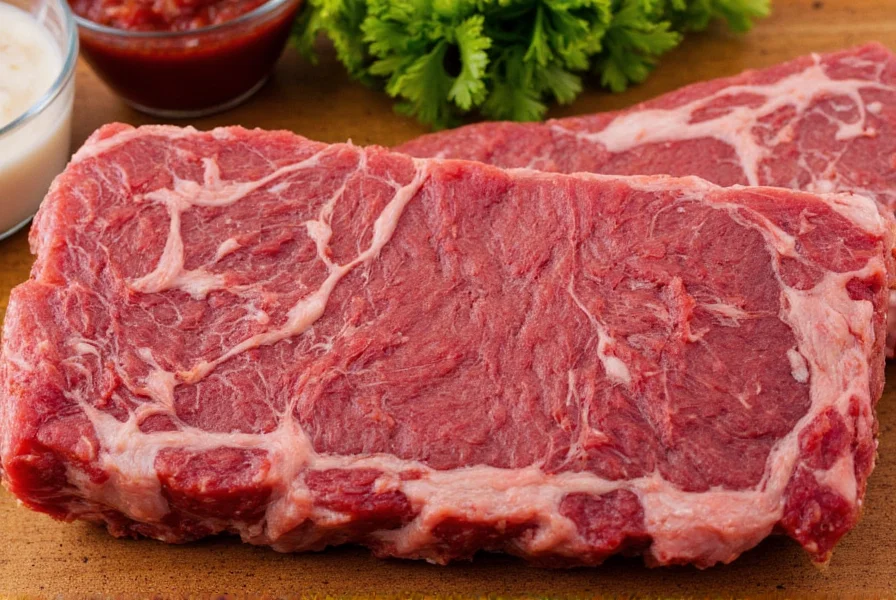
Beverage Pairings
- Sparkling Rosé: Cuts through fattiness with crisp acidity.
- IPA Beer: Hoppy bitterness balances sweet marinades.
- Tequila Margarita: Citrus notes complement smoky and spicy flavors.
- Cold Brew Coffee: Surprisingly good with grilled meats and rubs featuring coffee or cocoa.
Common Mistakes to Avoid
Even seasoned cooks can slip up with flanken ribs. Here are the most common pitfalls and how to avoid them:
- Over-marinating: Acidic ingredients (like citrus or vinegar) can break down the meat too quickly. Stick to 12–24 hours max.
- Cooking from frozen: Uneven thawing leads to uneven cooking. Always defrost in the fridge overnight.
- Using low heat: Low temps may lead to steaming instead of searing, causing loss of flavor.
- Skipping resting time: Letting the meat rest for 5–10 minutes helps retain juices.
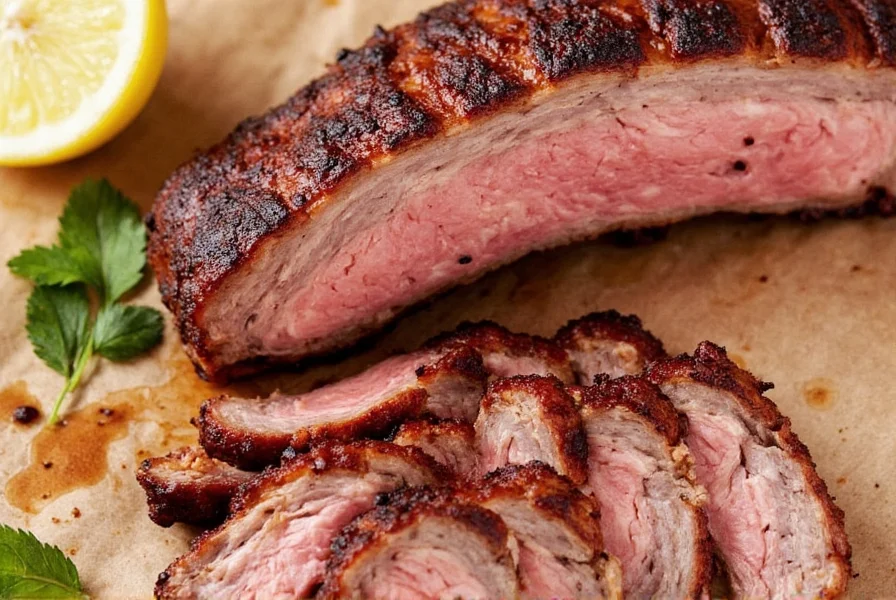
Frequently Asked Questions About Beef Flanken Ribs
What's the difference between flanken ribs and short ribs?
Flanken ribs are cut across the bone, resulting in thin strips with multiple small bone sections in each piece. Traditional short ribs are cut parallel to the bone, yielding larger, meatier sections with one long bone per piece. Flanken ribs have more bone-to-meat ratio but cook much faster.
How long should I marinate flanken ribs?
For best results, marinate flanken ribs for 12-24 hours. Due to their thin cut, they absorb flavors quickly, but overnight marination allows the enzymes in ingredients like pineapple or pear (common in Korean marinades) to tenderize the meat properly without breaking it down too much.
Can I cook flanken ribs in the oven instead of grilling?
Absolutely! Broiling is an excellent oven method for flanken ribs. Place them on a broiler pan 4-6 inches from the heat source and cook for 4-5 minutes per side. You can also roast them at 400°F for 15-20 minutes, flipping halfway through, for more even cooking with less charring.
Why are my flanken ribs tough?
Flanken ribs can become tough if undercooked (since they contain connective tissue that needs proper heat to break down) or overcooked (due to their thinness). The sweet spot is medium doneness - about 135°F internal temperature. They should be tender with a slight chew, not falling apart. Also ensure you're slicing against the grain when serving.
Are flanken ribs expensive?
Generally, flanken ribs are more affordable than premium cuts like ribeye or filet, but pricing varies by region and quality. Since they're cut from the plate section (belly area), they're typically less expensive than back ribs. Prices range from $8-15 per pound depending on grade (select, choice, prime) and whether they're pre-cut as flanken style.
How do I know when flanken ribs are done?
Flanken ribs cook quickly due to their thinness. The best method is using a meat thermometer - aim for 130-135°F for medium-rare. Visually, they should have a nice crust on the outside while remaining slightly pink in the center. They'll continue cooking from residual heat after removal from the heat source, so pull them off just before reaching your desired doneness.
Should I remove the membrane from flanken ribs?
Unlike traditional pork ribs, flanken ribs typically don't have a thick membrane that needs removal. The cut is so thin that any connective tissue will break down during cooking. However, you should trim any excessive fat pockets that might prevent proper searing or cause flare-ups on the grill.
Can I freeze flanken ribs before cooking?
Yes, you can freeze flanken ribs, but for best results, freeze them unmarinated. Marinated ribs may experience texture changes when frozen due to the acid in the marinade. When ready to cook, thaw them completely in the refrigerator for 24 hours before marinating or seasoning. Never cook flanken ribs from frozen as it leads to uneven cooking.
Conclusion
Beef flanken ribs may be under the radar compared to their longer, meatier cousins, but once you master the cut, you'll wonder why you didn't use them sooner. With their ideal size, intense flavor potential, and adaptability to various cooking styles, they're a must-have in any carnivore's repertoire.
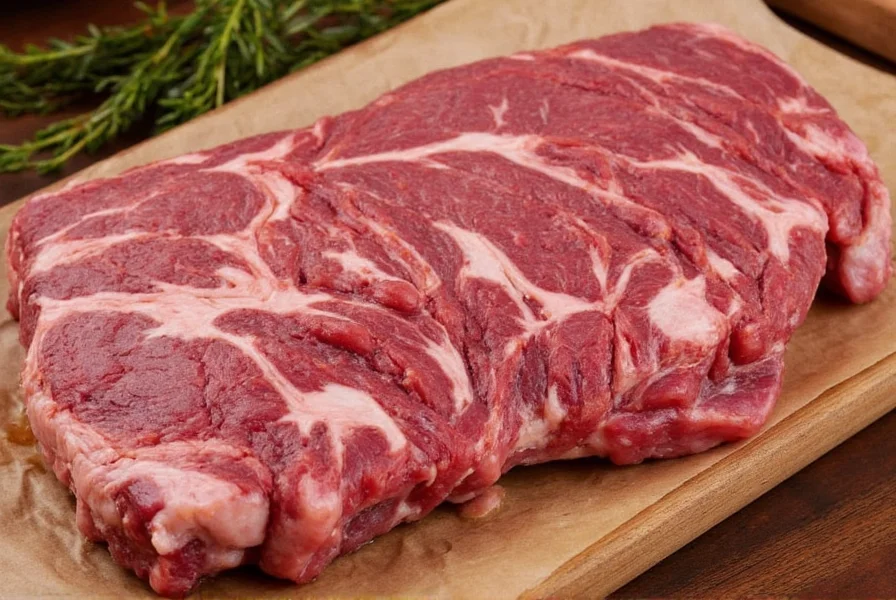
So fire up the grill, grab a rack of flanken ribs, and start experimenting with spices and techniques. Whether you're hosting friends or cooking for one, these ribs deliver big taste in a manageable package. Now that you've got the basics down, it's time to make them your own signature dish!

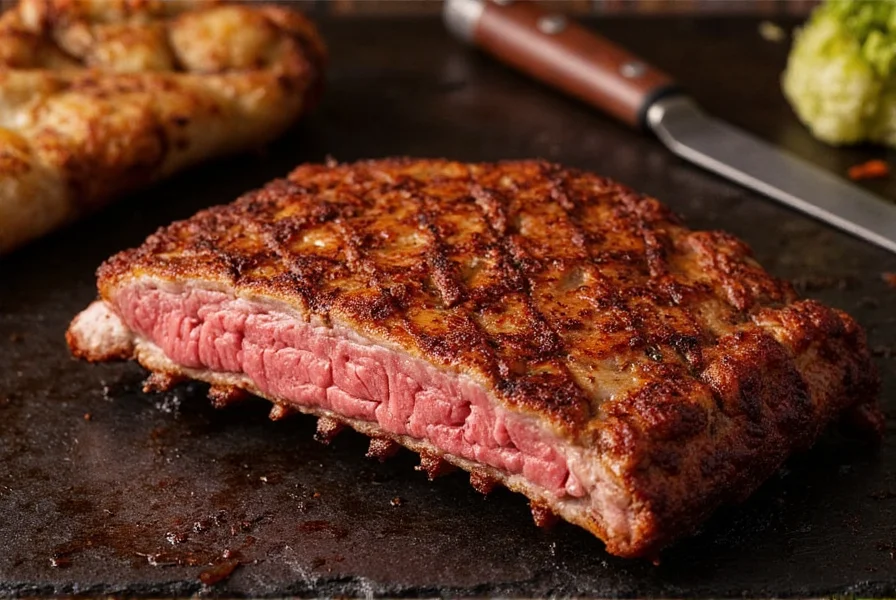









 浙公网安备
33010002000092号
浙公网安备
33010002000092号 浙B2-20120091-4
浙B2-20120091-4